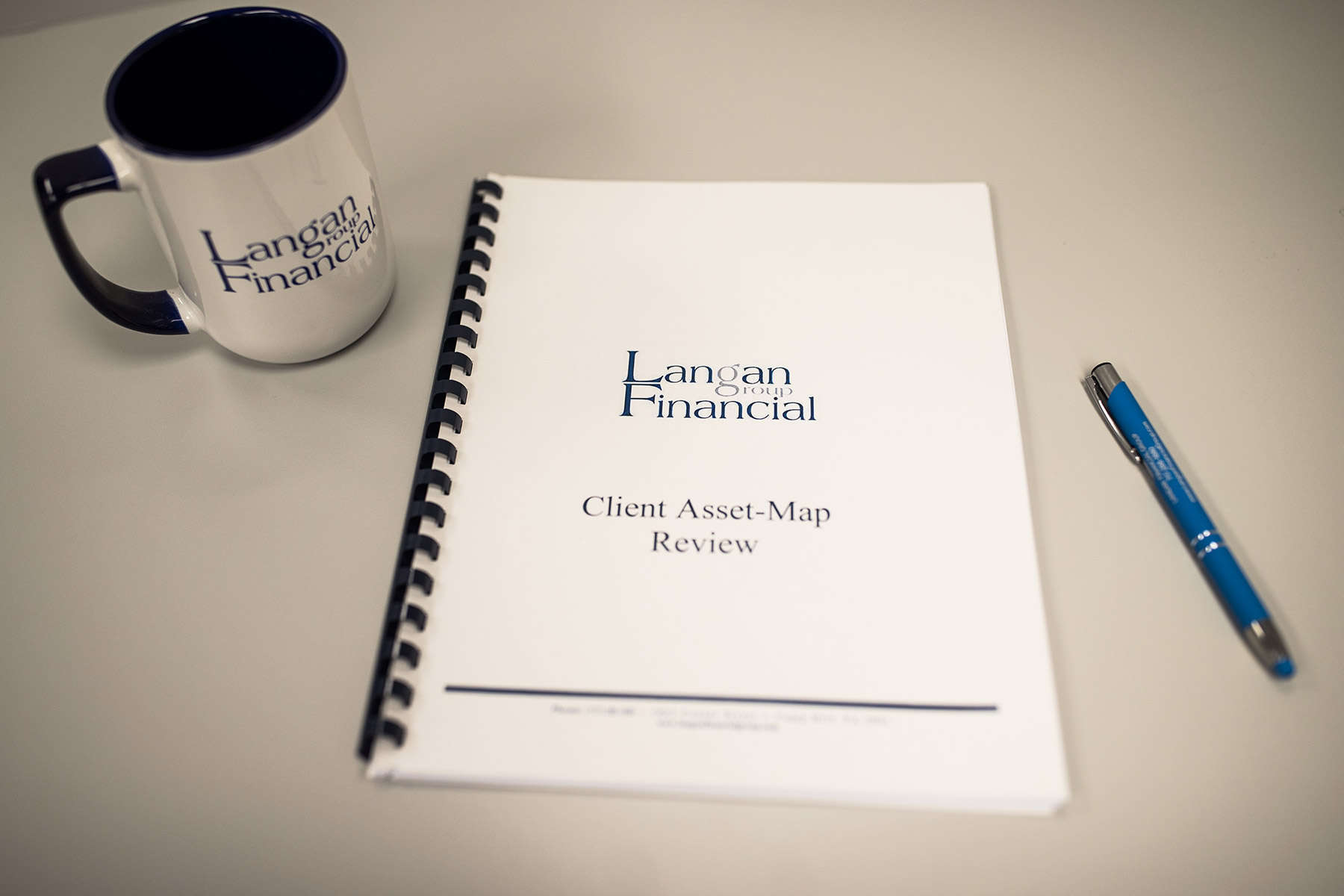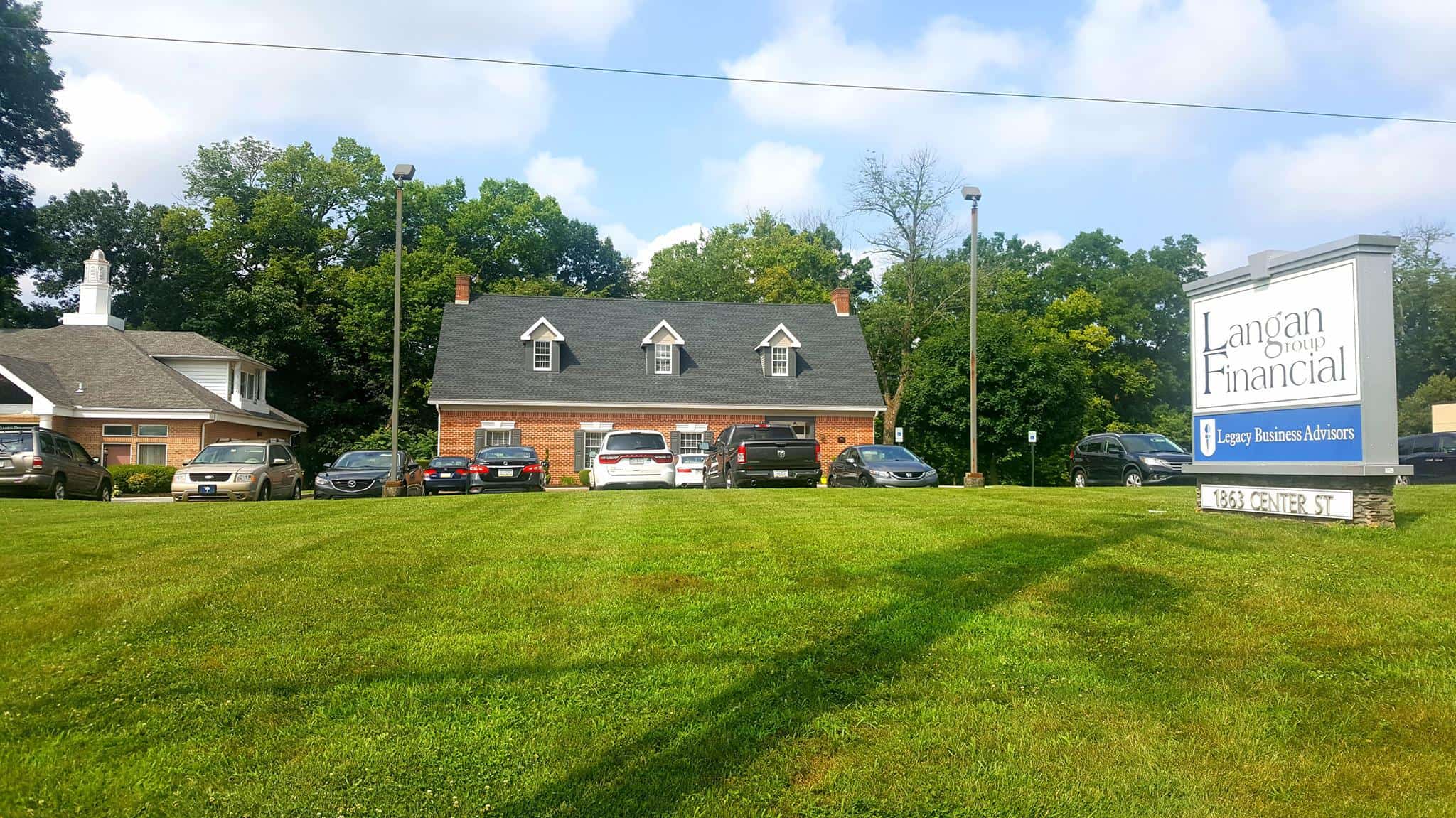Planning for retirement is a significant financial milestone for many individuals. Among the many questions that arise during this planning phase, perhaps one of the most common is, “How far can $1 million take me in retirement?”
While $1 million might sound like a substantial sum, its purchasing power in retirement can vary widely depending on factors such as:
- Location
- Inflation rates
- Lifestyle choices
- Investment strategies

4 Types of Retirement Distribution Methods
Let’s explore the most common types of retirement distribution methods, how they work, and how they impact how much you need to retire, and your $1 million in retirement savings.
1. The 4% Retirement Rule:
One of the most widely known distribution rules is the 4% rule, which suggests withdrawing 4% of your retirement savings in the first year and adjusting the subsequent yearly withdrawals for inflation.
Rule: Withdraw 4% of your retirement savings in the first year, adjusting the following year’s withdrawals for inflation each subsequent year.
Why it is used: The 4% rule is based on historical market performance and aims to provide a balance between sustainable withdrawals and ensuring your savings last through a typical retirement period.
How much it gets you: For a $1 million retirement fund, the 4% rule allows for an initial withdrawal of $40,000 in the first year. Subsequent withdrawals are adjusted for inflation, providing a relatively steady income stream over time.
2. The 3-Bucket Retirement Strategy:
Rule: Divide your retirement savings into different “buckets” based on time horizon and risk tolerance. Typically, this strategy involves a cash bucket, a bond bucket, and a stock bucket.
Why it is used: The bucket strategy aims to provide both stability and growth by managing risk across different asset classes. It can be tailored to individual risk preferences and income needs.
How much it gets you: The amount varies widely based on the specific allocation and market performance of each bucket. It offers flexibility but may not have a fixed withdrawal rate like the 4% rule.
For example, an individual with $1,000,000 may allocate $300,000 to the cash bucket for short-term needs and emergencies, $400,000 to the bond bucket for medium-term stability and income generation, and $300,000 to the stock bucket for long-term growth potential.
Depending on market conditions and individual circumstances, this allocation could provide a sustainable income stream while preserving capital and adjusting to changing financial goals.
3. Required Minimum Distributions (RMDs):
Rule: After reaching a certain age (currently 72 in the United States), you must take annual withdrawals from your retirement accounts based on IRS tables.
Why it is used: RMDs ensure that retirement savings in tax-advantaged accounts like Traditional IRAs and 401(k)s are eventually distributed and taxed.
How much it gets you: The amount depends on factors like your age, account balance, and life expectancy according to IRS tables. It does not have a fixed percentage like the 4% rule but is a mandatory distribution method.
4. Dynamic Withdrawal Strategies:
Rule: Dynamic Withdrawals allows you to adjust withdrawals based on market performance, account balances, and life expectancy. Examples include the Guyton-Klinger rules and constant percentage withdrawal strategies.
Why it is used: Dynamic strategies aim to adapt withdrawals to changing financial conditions, potentially allowing for higher withdrawals during good market periods and lower withdrawals during downturns.
How much it gets you: The amount varies significantly based on the specific strategy and market performance. It offers flexibility but requires active management and monitoring.

7 Factors Can That Can Impact Your $1 Million Retirement Savings
1. Tax Considerations: The choice between Roth and Traditional retirement account distributions can significantly affect your retirement income.
Roth distributions are tax-free, while Traditional distributions are subject to taxes. Understanding the average tax implications of each method is crucial for managing your retirement finances effectively.
2. Inflation: Retirement planning is significantly impacted by inflation, which is most visible in 2021 when comparing average pre-COVID rates of about 2% to the post-COVID spike of over 5%.
For example, prior to the pandemic, a retiree with a $3,000 monthly budget for necessities would see a $60 monthly decrease in purchasing power; however, during and after COVID, this decrease could spike to $150 monthly due to higher inflation rates affecting fuel, groceries, and other necessities.
This instance demonstrates the real impact that inflation has on retirees’ financial security and emphasizes the necessity of proactive measures to protect long-term savings from inflation’s corrosive effects.
3. Lifestyle Choices: Travel and leisure expenses are key components of retirement planning. On average, retirees spend a certain amount on travel each year to explore new destinations and engage in leisure activities. While $1 million may be able to cover modest travel expenses, more extravagant vacations may require careful budgeting strategies to ensure sustainable retirement income.
4. Legacy Planning: Legacy planning involves decisions about passing down wealth to loved ones or contributing to charitable causes. With $1 million, retirees can utilize estate planning tools like wills, trusts, or gifting to create a lasting financial legacy and provide for future generations.
5. Health Care Costs: According to a recent study by the Employee Benefit Research Institute (EBRI), healthcare expenses for retirees have been steadily increasing over the years, outpacing inflation rates and other common expenses.
This statistic underscores the importance of carefully managing healthcare costs in retirement planning. As individuals age, healthcare expenses tend to rise, presenting a significant financial concern for retirees.
While Medicare provides essential coverage for those aged 65 and above, it often falls short in covering all medical expenses. This highlights the necessity for retirees to budget for supplemental insurance, co-pays, prescription medications, and potential long-term care needs.
Prudent financial management and proactive healthcare planning are therefore crucial components of a secure retirement strategy, ensuring that retirees can effectively navigate the rising costs of healthcare and preserve their retirement funds for the long term.
6. Long-Term Care: Long-term care (LTC) costs can have a profound impact on retirement finances, with approximately 70% of people over 65 needing LTC services at some point, costing an average of $50,000 to $100,000 per year.
This significant expense can deplete retirement savings, emphasizing the importance of proactive planning. Long-term care insurance can play a crucial role by covering a portion of these costs, safeguarding assets, and providing peace of mind for retirees and their families, ensuring financial security, and maintaining their standard of living throughout retirement.

7. Location in Retirement: If we compare Pennsylvania, California, and New York, Pennsylvania comes out on top when comparing retirement-friendly taxes for an individual earning $100,000 annually. In California, the total tax burden is $18,470 when one accounts for property taxes, a sales tax rate of 7.25%, and a flat income tax rate of 9%. Similarly, the total tax in New York is $14,500 when property taxes, a 4% sales tax, and income tax at an average rate of 6% are considered.
By comparison, Pennsylvania has a lower tax burden than the previous two examples at $12,070 due to its flat income tax rate of 3.07%, lower property taxes, and a 6% sales tax. Pennsylvania thus positions itself as a more tax-friendly state for retirement, providing retirees with a relatively lighter financial load.
Pennsylvania, nestled between expensive states like California and New York and more retirement-friendly options like Florida and Texas, offers a balance with its diverse landscapes, moderate cost of living, and various tax benefits for retirees.
While areas like Philadelphia may be more costly, rural parts of Pennsylvania provide affordable housing and access to healthcare, making it an attractive choice for retirees seeking a comfortable yet budget-conscious retirement. Finding an affordable retirement location near your current home can make a big difference in how far your money goes in retirement
Ultimately, retirees should weigh factors like cost of living, tax advantages, healthcare options, and personal preferences to find the ideal retirement location that meets their needs and financial goals.
How Do I Know If $1 Million Is Enough to Retire Nearby?
When considering retirement, it is crucial to understand the average expenses a person might face to determine if $1 million is sufficient. Expenses can vary widely based on factors like location, lifestyle choices, healthcare needs, and legacy planning.
On average, retirees may need to budget for:
- Housing costs, including mortgage, or rent payments, property taxes, utilities, and maintenance.
- Healthcare expenses, including insurance premiums, deductibles, co-pays, prescription medications, and potential long-term care costs, can also be substantial.
- Lifestyle expenses, such as food, transportation, entertainment, travel, and leisure activities, add to the overall retirement budget.
Additionally, retirees should factor in the cost of legacy planning , including:
- Estate taxes
- Charitable contributions
- Gifting strategies
Considering these various expenses helps individuals assess whether $1 million is enough to sustain their desired lifestyle and financial goals throughout retirement.
3 Easy Ways to Better Your Retirement

1. Increasing Contributions: Boosting contributions towards retirement plans can significantly enhance savings due to the power of compound interest. For example, increasing contributions by $100 per month over 30 years at an average annual return of 7% can lead to substantial growth, potentially doubling or tripling the initial investment.
2. Tax-Saving Strategies: Understanding the differences between Roth and Traditional retirement accounts can optimize tax savings in retirement. Roth accounts offer tax-free withdrawals, while Traditional accounts provide tax-deferred growth. Choosing the right account type based on individual tax situations and retirement goals can maximize savings and minimize tax liabilities during retirement.
3. Investing Strategies: Being cognizant of investing strategies is crucial for long-term financial success. Diversifying investments, periodically rebalancing portfolios, and adopting a disciplined approach to risk management can help retirees navigate market fluctuations and achieve sustainable growth over time. Additionally, seeking professional guidance or utilizing investment tools and resources can aid in making informed investment decisions tailored to individual financial objectives.
So, Can You Retire with $1 Million?
While $1 million is a considerable sum, its value in retirement hinges on various factors, including lifestyle choices, expenses, investment strategies, and inflation.
By carefully planning and budgeting, retirees can make the most of their retirement savings and enjoy a fulfilling and financially secure retirement. Consulting with financial advisors near you and regularly reviewing retirement plans can help individuals navigate the complexities of retirement planning and ensure their financial well-being in the years ahead.
About the Authors

Alexander Langan, J.D, CFBS, currently serves as the Chief Investment Officer at Langan Financial Group. In this role, he manages investment portfolios, acts as a fiduciary for group retirement plans and consults with clients regarding their financial goals, risk tolerance and asset allocation.
With a focus on ERISA Law, Alex graduated cum laude from Widener Commonwealth Law School. He then clerked for the Supreme Court of Pennsylvania and worked in the Legal Office of the Pennsylvania Office of the Budget, where he assisted in directing and advising policy determinations on state and federal tax, administrative law, and contractual issues.
Alex is also passionate about giving back to the community, and has helped establish The Foundation of Enhancing Communities’ Emerging Philanthropist Program, volunteers at his church, and serves as a board member of Samara: The Center of Individual & Family Growth. Outside of work and volunteering, Alex enjoys his time with his wife Sarah and their three children, Rory, Patrick, and Ava.

Reid Ruark currently serves as an Associate Investment Advisor at Langan Financial Group where he assists Alex in managing investment portfolios, prepares client reviews, and helps operate social media platforms. In his free time, Reid enjoys spending time with his wife, playing pickleball and connecting with members of the community.
About Langan Financial Group
Langan Financial Group is an independent financial planning firm located outside of Harrisburg, Pennsylvania. Established in 1985, Langan Financial Group offers a broad range of financial planning services. With an open architecture platform, our advisors have access to a diverse range of products, free from any sales quotas. Our team of financial experts, each with unique specialties, enhances our ability to deliver value to clients.
Disclosures
The information in this material is not intended as tax or legal advice. Please consult legal or tax professionals for specific information regarding your individual situation. The opinions expressed and material provided are for general information.




